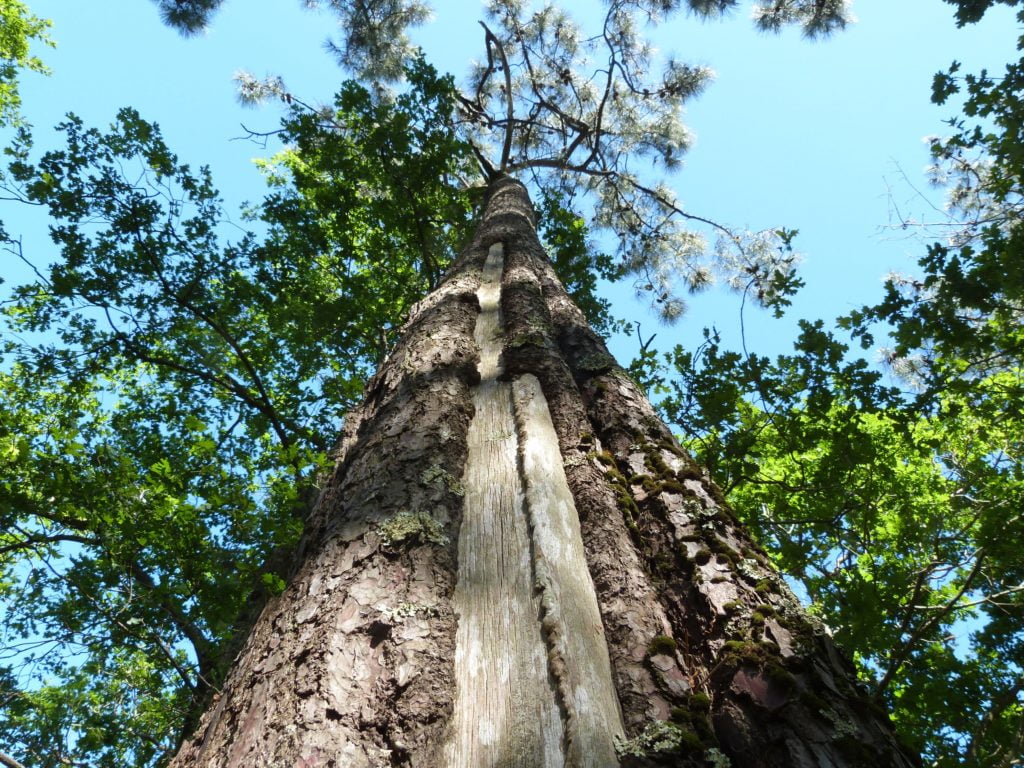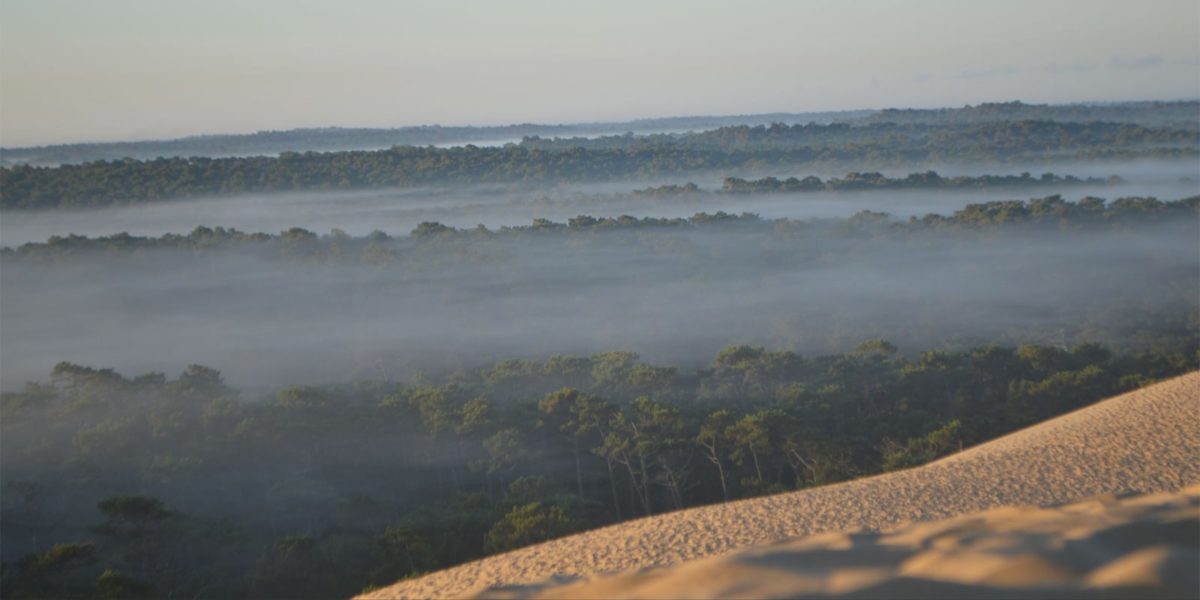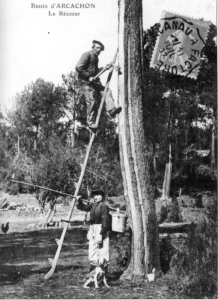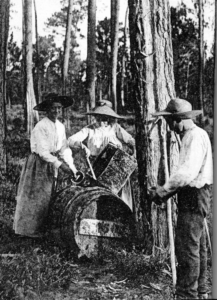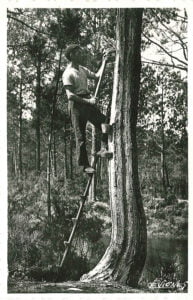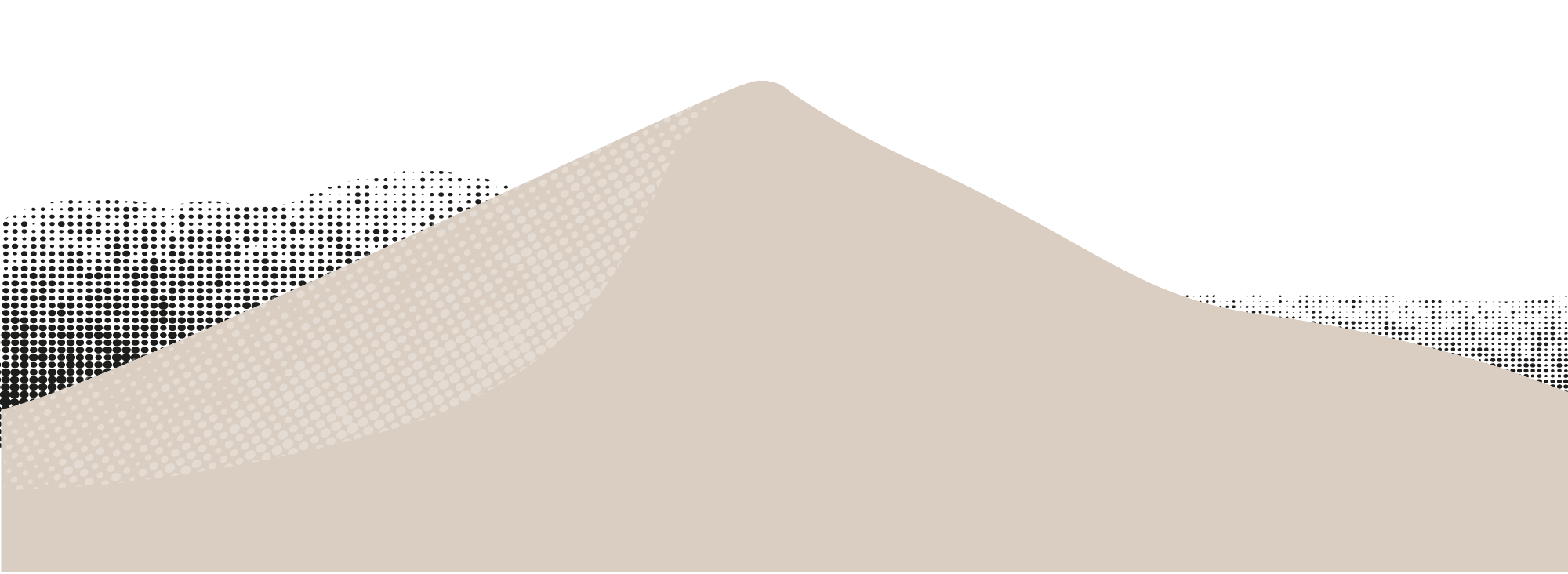The great fire
The forest backed by the Dune was hit by an unprecedented disaster in July 2022. A terrible fire of more than 6,000 hectares destroyed a large part of this immense and ancient forest massif. Firefighters, security and rescue services, hundreds of men and women…. Everyone mobilized to fight tirelessly against the flames in order to save this landscape inseparable from the Grand Site.
It is a part of history that disappears, like the gemmed bottle pins and centuries-old oaks charred, taking with them part of our heritage. Insects, reptiles, amphibians, birds, mammals but also flowering plants, lichens, moss and mushrooms… all strata of biodiversity were deeply impacted by this large-scale fire.
If the landscape of the Dune will bear its scars for a long time to come, it is a new page which begins for the rebirth of this magnificent forest, inseparable from the Grand Site.
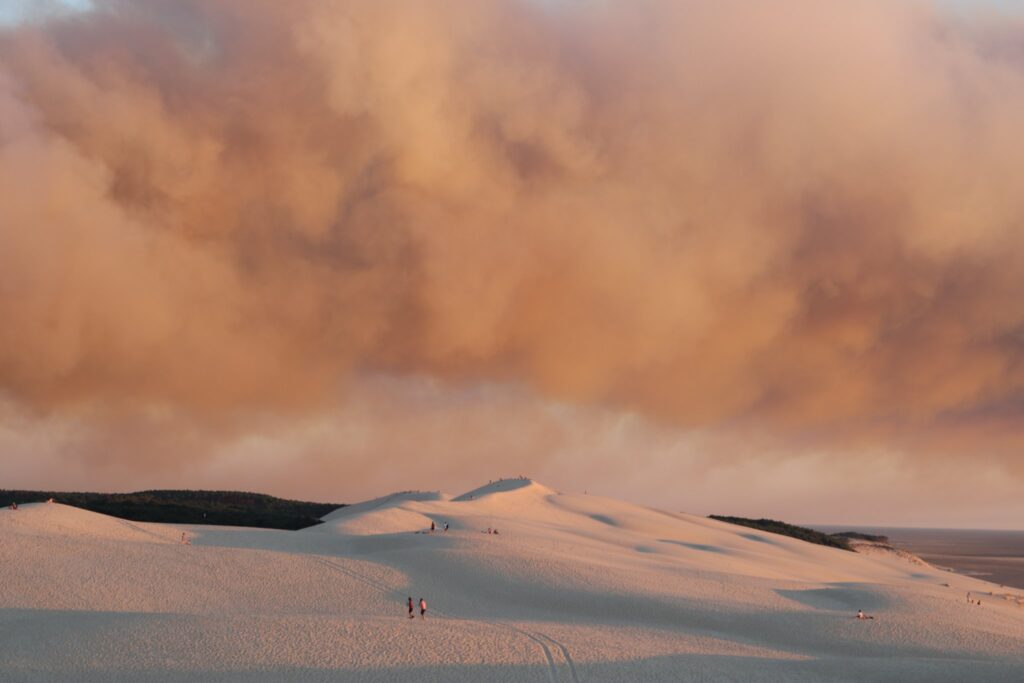
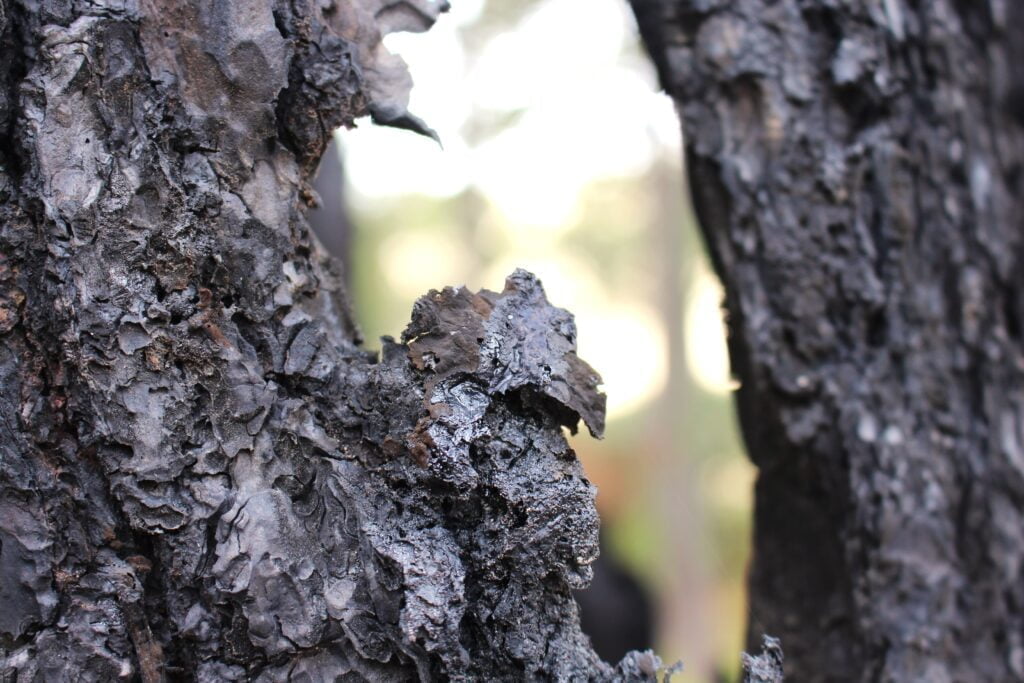
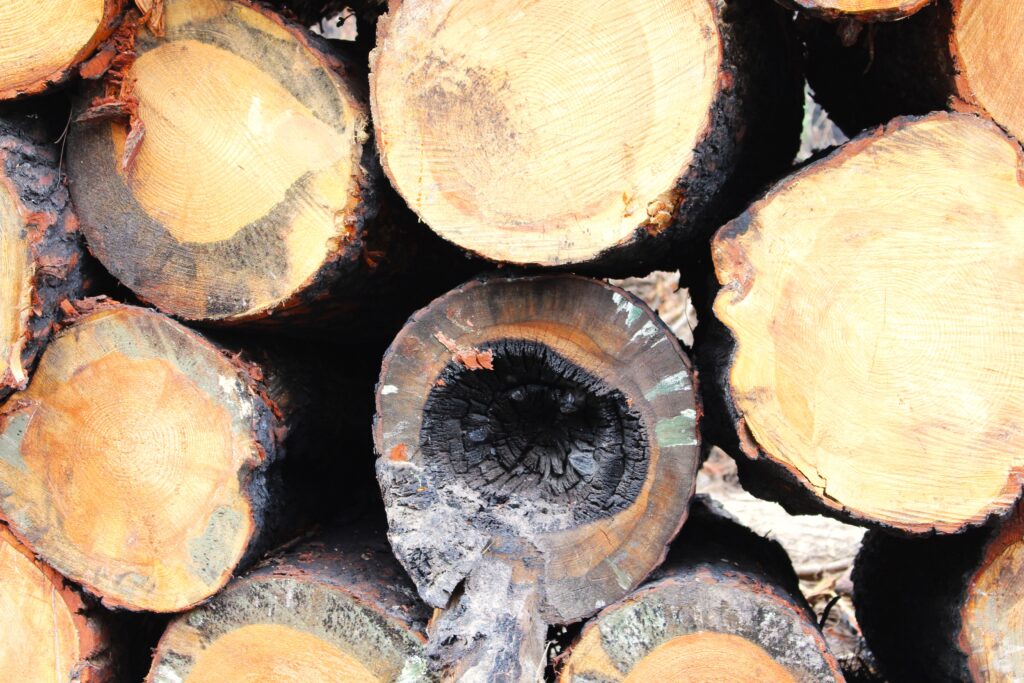


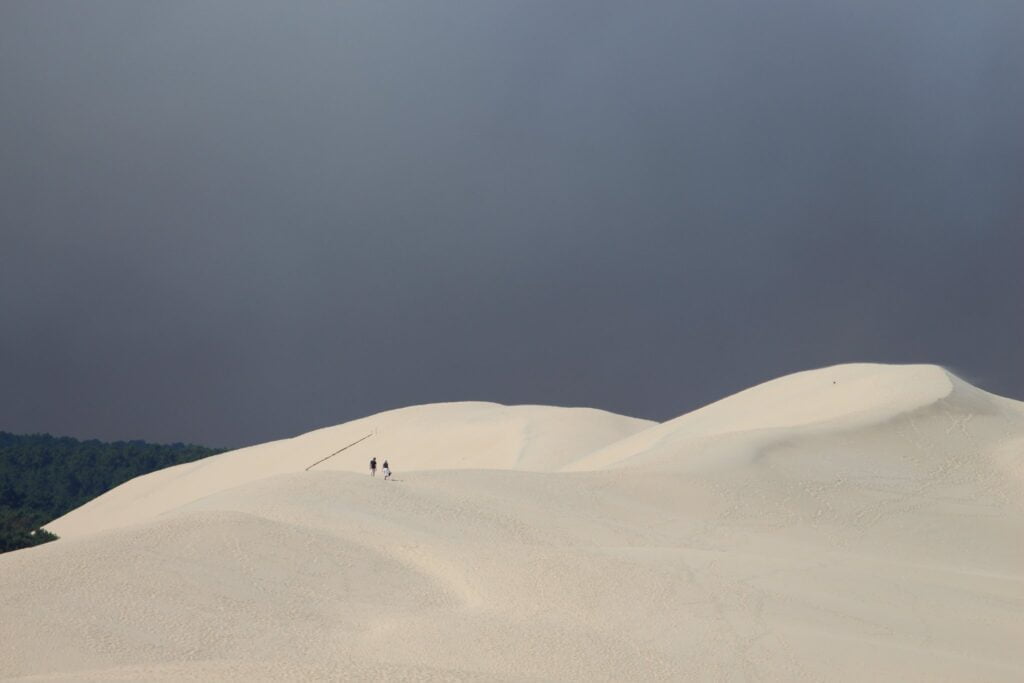
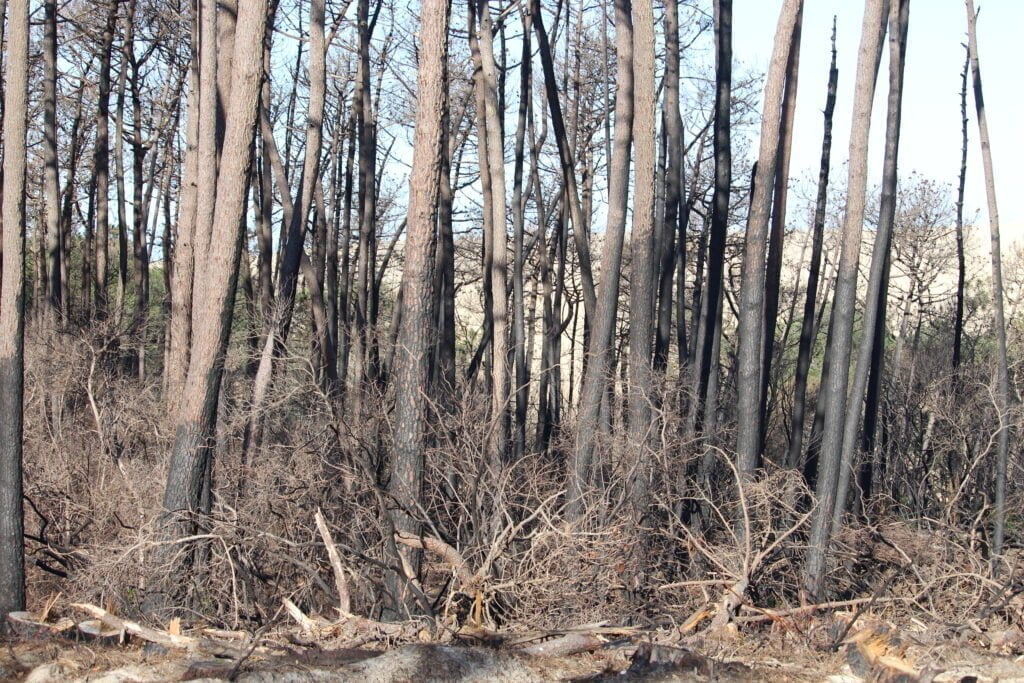
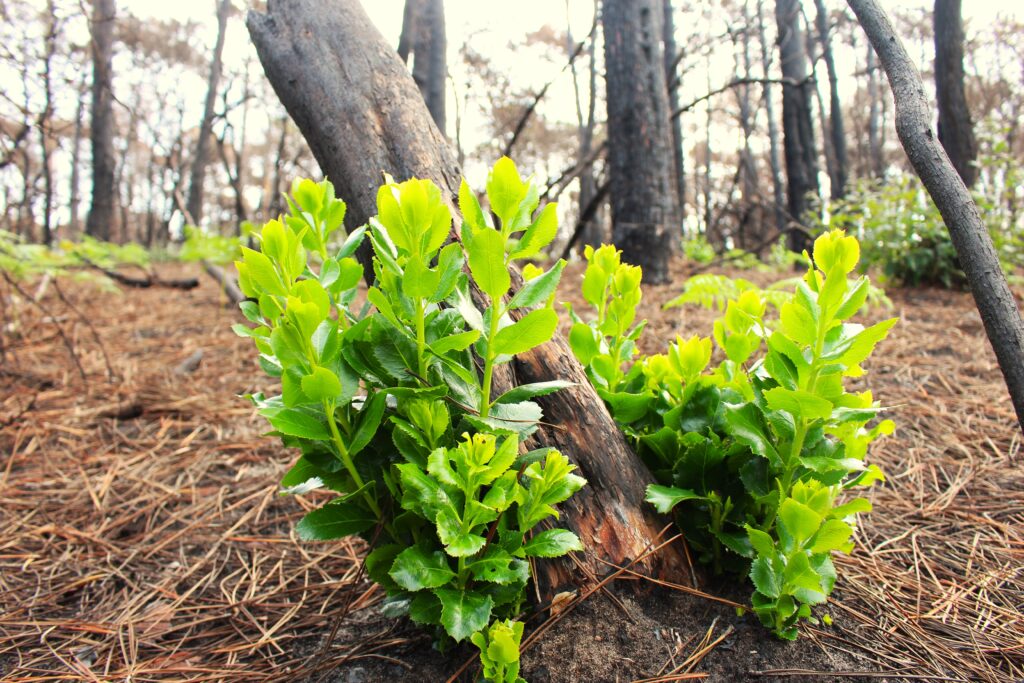
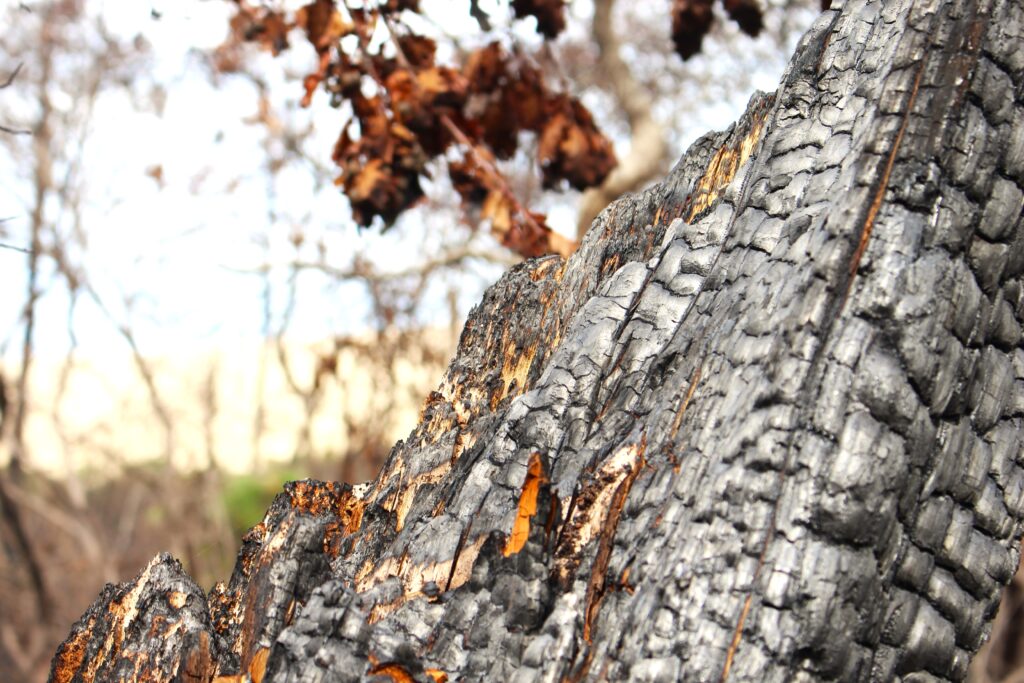
The history of the forest
From the crest of the Dune, your gaze dominates the user forest of La Teste-de-Buch with its marked relief. This thousand-year-old forest covers ancient dunes.
Walking around here in the last century, you would have noticed the notch or " square » carried out by the gemmer on the trunks of pine trees to collect the resin. The gem produced by the tree to heal is then harvested in terracotta pots or " cutyot“. These injuries are still visible on some pines.
Until the middle of the 20e century, twinning constitutes one of the drivers of local economic activity and the source of income for many residents.
Used in the chemical and pharmaceutical industry, the resin was used, once distilled, to make paints, perfumes, soap, etc.
This practice declined in the 1960s. But today we can see a renewed interest in tapping in the area.

A regulated massif
Following the fire in the summer of 2022, access to the La Teste-de-Buch forest massif is strictly regulated.
The forest is the victim of an invasion of bark beetles. More than half of the pines that had been identified as alive are dying. Millions of bark beetles, a small parasitic worm smaller than a grain of rice, destroy pines that have not burned.
